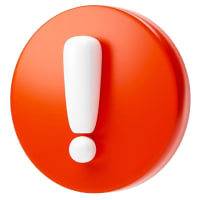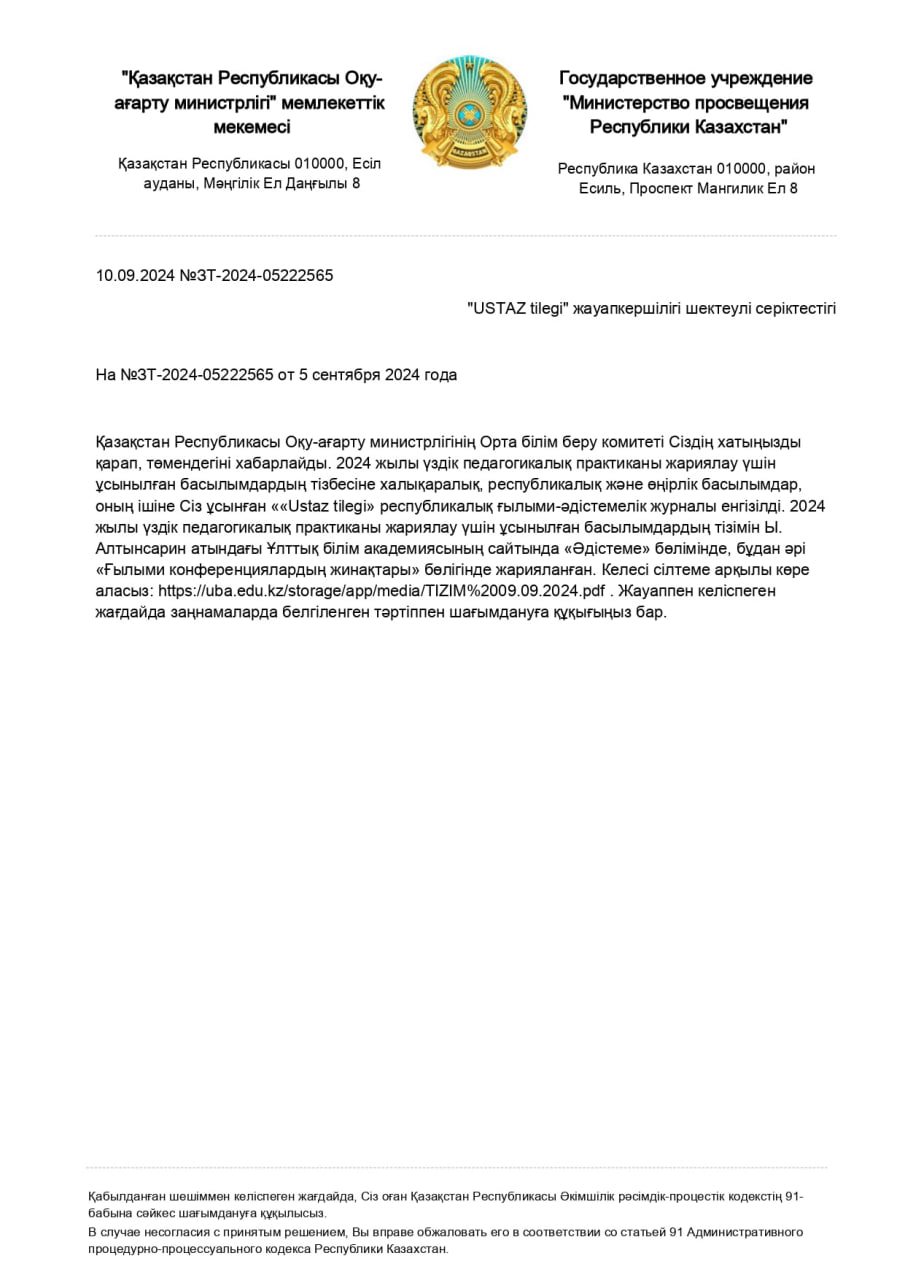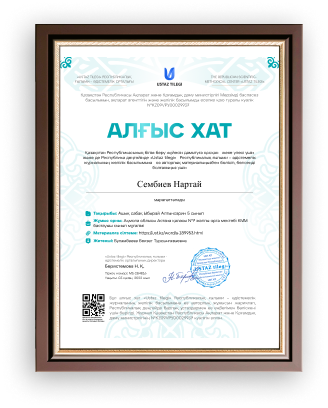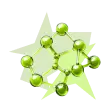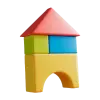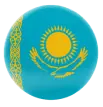Improving Communication: Developing effective verbal and non-verbal communication skills
Тақырып бойынша 11 материал табылды
Improving Communication: Developing effective verbal and non-verbal communication skills
Материал туралы қысқаша түсінік
The present article offers a practical and detailed guideline on how to foster students’ communication skills through diagnostic assessment that can be integrated into any lesson regardless of the subject one teaches. The implementation of such diagnostic activity provides a baseline for identifying current state of students’ knowledge.
Материалдың қысқаша нұсқасы
Бөлісу
ЖИ арқылы жасау
Файл форматы:

docx
31.05.2021
403
ЖИ арқылы жасау
Жариялаған:
Бұл материалды қолданушы жариялаған. Ustaz Tilegi ақпаратты жеткізуші ғана болып табылады. Жарияланған материалдың мазмұны мен авторлық құқық толықтай автордың жауапкершілігінде. Егер материал авторлық құқықты бұзады немесе сайттан алынуы тиіс деп есептесеңіз,
шағым қалдыра аласыз
шағым қалдыра аласыз


